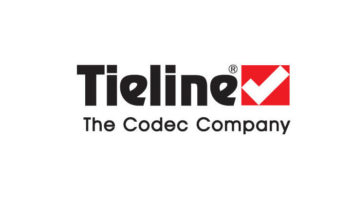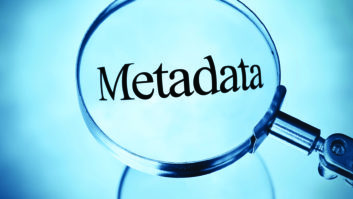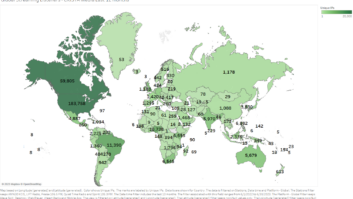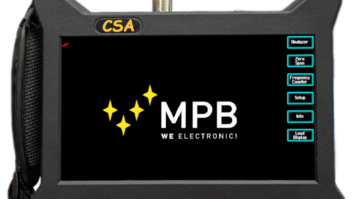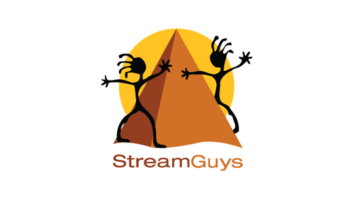When your on-air talent is in the control room, are they plugged into the outside world? Or is your broadcast studio more like the Cone of Silence on “Get Smart”?

Social Screens keep on-air talent in the loop and are great at events. It wasn’t so long ago that placing a television in your control room was a radical move. The naysayers of the day said that a TV would distract the hosts and that the minute nobody was looking, the midday guy would be watching “Jeopardy” instead of paying attention to the on-air product. Smart program directors installed TVs anyway because they wanted to be sure that when a major news event occurred, their talent was in the loop and could respond quickly.
Today, a TV in a communications room is a reasonable resource tool, but there are several more screens that your talent should be able to access easily.
While there are limited free tools available for talent to follow social media (Twitter, Instagram, Facebook and others), most of them aggregate only limited feeds from one or two platforms. The good news is that there are now many companies that are essentially “screen aggregators,” creating social walls on screens.
These products allow the user to set up predetermined hashtags/handles on various social platforms and then display the choices on a customized screen. For example, you can take your station or talent hashtags and combine them with many others, such as those of news organizations or music industry outlets. Pull them onto one screen in your control room and you can see the flow of communication in social media happening in real time.
Three of the many companies that provide this service are Tint (www.tintup.com), Snapcastr and Sparkle (www.getsparkle.io).
SOCIAL WALL
There are two practical and appealing side benefits of having a social wall in your control room.
You can create social walls for display at station events, concerts, you name it — anywhere you have access to a screen. And these social walls can all be different. You can create one for inside your station/office/lobby and make one custom for every event. They are web-based, so anywhere you have an internet connection and a browser, you can display a social wall.
Another key communication component for every control room is a text tool that enables the end user to see all incoming text messages on screen. It also allows you to respond individually if desired or to send out mass text blasts to opt-in users. Again, there are many companies in this biz such as Vibes (www.vibes.com), Hipcricket (www.hipcricket.com) and Twilio (www.twilio.com).
No on-air talent should be sending or receiving text messages from a phone! Stations of all sizes should budget for a robust tool to handle this task. I know some will say that text messaging is so early 2000s and it’s been around for way too long. They are right — and this is precisely why it is so important to recognize it as a key communication tool.
Even with voice-tracking, social and text screens belong in your control room(s), as well as your program director’s office, because they may be needed for live shows and emergency situations.
I know that many an old-school skeptic will say, “Stick to the core business of radio! Who needs this stuff?” I am not suggesting that social media become the center of your broadcast universe. However, if broadcasters are to stay relevant, they need to live with their listeners in the real-time world.





